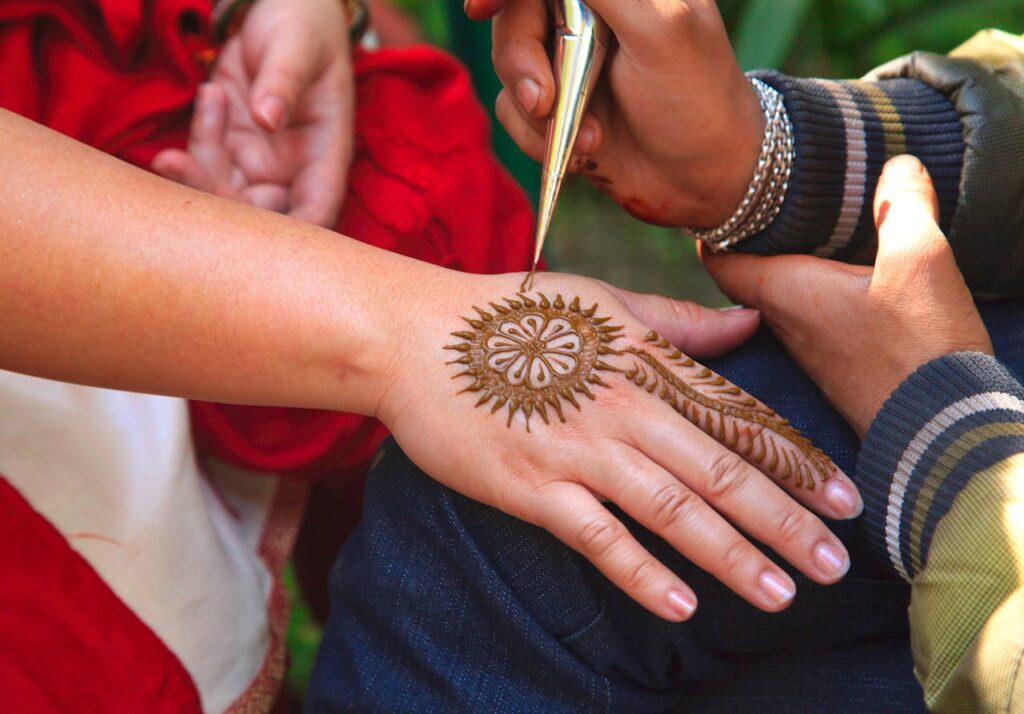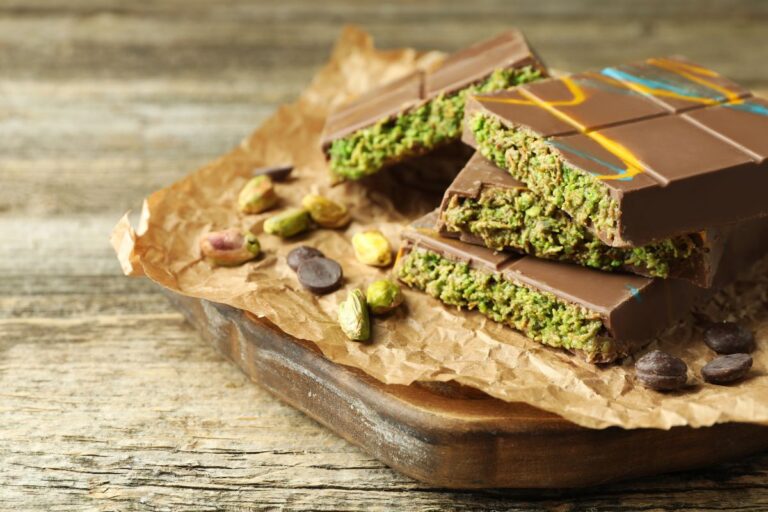There are many cultural traditions and practices in the world, and here in Toronto, they all come together to share their traits with other people. One such practice associated with a large group in Toronto (South-Asian) is henna skin-dying. Henna is made from the plant Lawsonia inermis, and its beautiful reddish-brown colour is eye-catching to many, especially to people who haven’t heard of henna skin-decorating before. A practice common in Hindu and Indian tradition, henna resembles the tattooing of the skin without the worry of not coming off. The cultural significance associated with henna is done to symbolize good luck and joy, especially for marriage. You certainly need luck in various phases of your life.
History of Henna
The artform of henna, or mehndi in Hindi and Urdu, has been practiced for thousands of years in India, Africa, Pakistan, and parts of Yemen and Oman. This dye is easy to make into a paste and brush onto skin using the correct tools, something as simple as a finger brush, resulting in a beautiful design. It is easy to wash off as well. Henna gives off a soothing feeling when first applied, which is perfect for the hot jungles and deserts where the practice stems from. It’s a herb plant that has been used in the art for 5000 years now. Soaking palms and the soles feet in a henna paste also refreshes the skin, as many South Asian people would do this when traveling across the desert in the Middle East. So not only is henna skin-dying beautiful, but it also provides benefits to your skin, like modern makeup. The most popular designs are associated with Hindu designs, like certain Indian flowers and paisleys.
Henna designs on hands and arms have become significant in many cultures, somewhat ‘rubbing off’ onto different cultures overtime. For example, even though it originated from a religious practice, it became more of a national trait and design when Indian Muslims started practicing henna for their brides. Muslims in India and other South Asian countries began to practice these traditions, sharing them with other Muslims in Middle Eastern countries, as Muslim brides in Saudi Arabia have been known to practice henna for their wedding. But as skin-dying is practiced throughout the centuries, it is bound to become widespread and grow into the different cultures in the world, not solely belonging to one specific country or culture.
Cultural Significance
Understanding how henna has spread through the world is important to understand what causes the wearing of henna to surpass cultural appropriation. Cultural appropriation is taking something special from a culture without permission and normalizing it to a point where it is robbed of its importance. This is not a good action and must be dealt with respectfully. It is not done as cultural appropriation, but rather a form of empowerment and done in the appreciation of the beauty of the tradition. However, it is important to note that a culturally important custom should not be a fashion statement or a trend. Due to the long practice of henna, as well as its soothing skin benefits, people tend to forget or are unaware of its origins and its cultural significance. This is why it is not really cultural appropriation being put into effect, but rather a lack of knowledge that needs to be corrected. And once people are familiar with its background, they can consult with a person who practices henna as part of their culture, to see if it is fine to practice this artwork.
Henna skin dying has been a prevalent practice throughout history, but understanding the context of its cultural ties is important, as here in Toronto, we respect diversity. So, if you feel like decorating your skin with the red-brown colour of henna, be careful you do not copy religious symbols or other cultural symbols not associated with your personal beliefs. Remember to always be respectful of henna.
Babak Eslami | Writer













